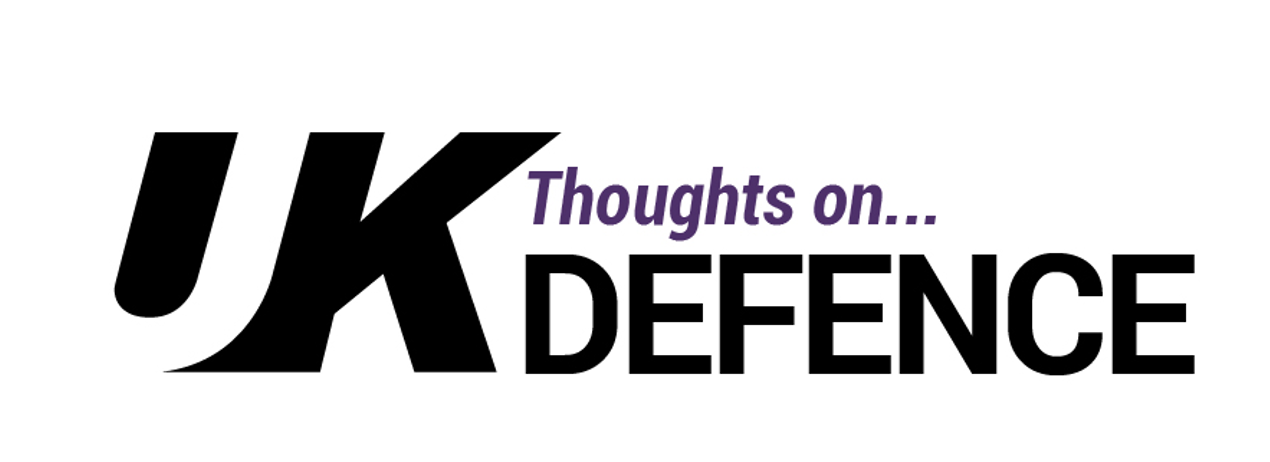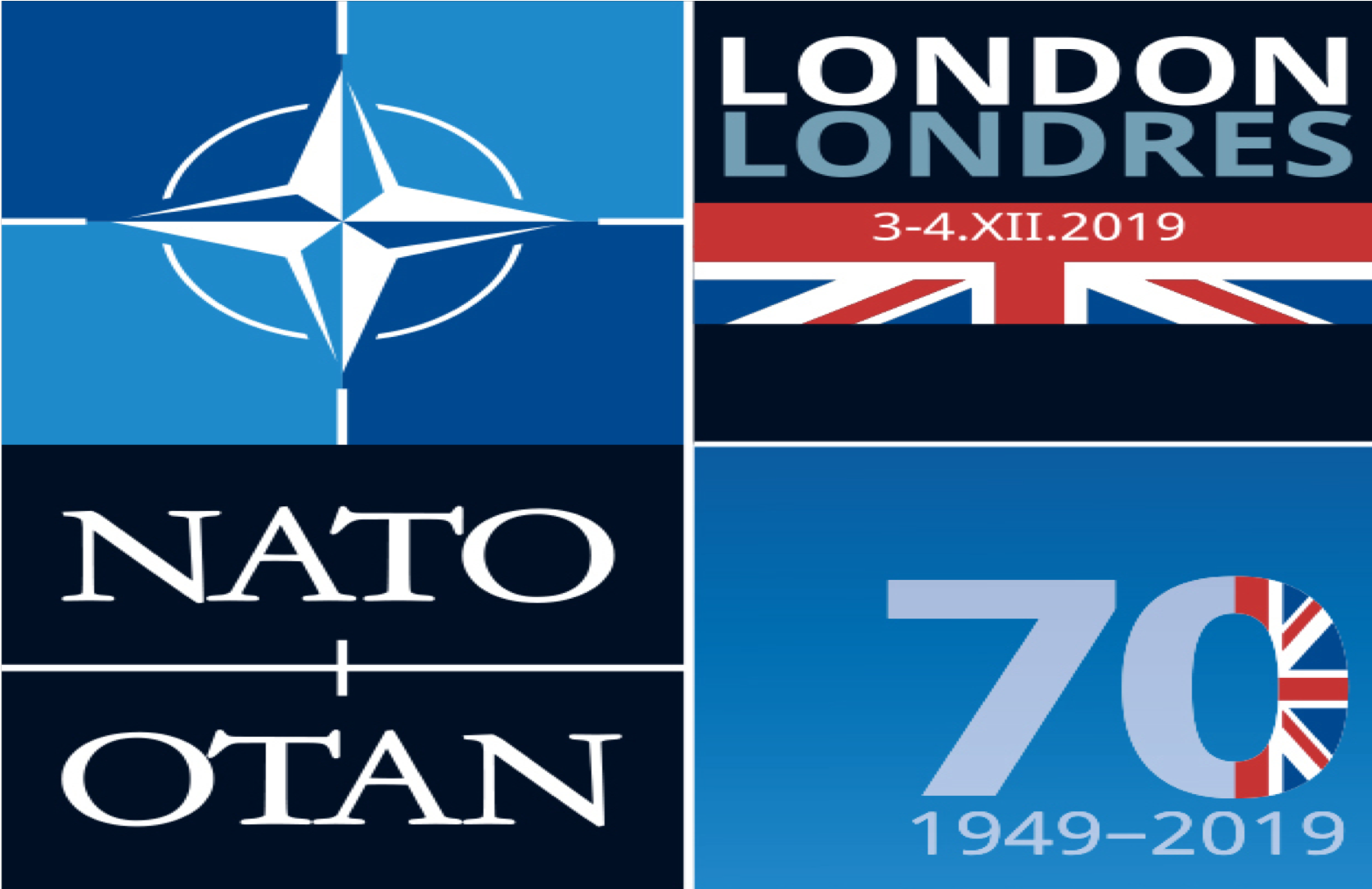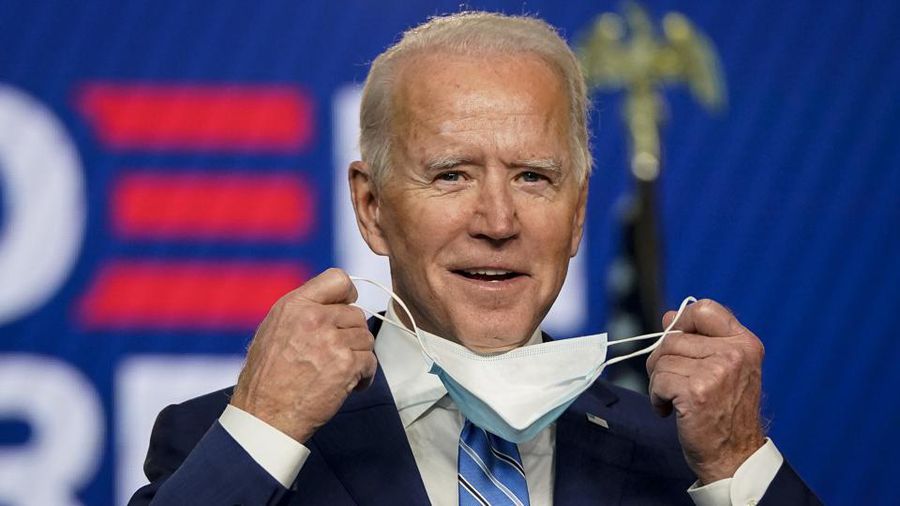Last week Dominic Cummings launched the government’s new mission control centre in Whitehall, attracting significant media coverage (see Ground control to Major Dom! and How will Dominic Cummings’ NASA-style Whitehall command centre work?). Although it remains unclear exactly what this new nerve centre’s sphere of responsibility will be, it has already come under fire for continuing to centralise power in an ever-decreasing number of people’s hands. For government departments used to managing their own affairs, alarm bells are probably already ringing. For Defence in particular, a pan-government control centre is likely to be extremely unwelcome.
Levels of Warfare
UK Defence Doctrine recognises three levels of warfare that assist planning and provide a general framework for military command and control:
– The strategic level of warfare is the level at which national resources are allocated to achieve the government’s policy goals. More often than not, the achievement of these goals requires a combination of military force, diplomacy and economic measures (i.e. the instruments of national power).
– The operational level of warfare is the level at which operations are planned, conducted and sustained, to contribute to achieving national strategic aims, as well as synchronising action, within theatres or areas of operation. The operational level provides the bridge between the strategic and tactical levels.
– The tactical level of warfare is the level at which formations, units and individuals ultimately confront an opponent or situation within the joint operations area. The tactical level employs maritime, land, air and space, and special operations forces to deliver a range of effects that together contribute to success on operations. This is the level at which engagements are fought in direct contact with an opponent.
Interrelationships between Levels of Warfare
The same doctrine publication also recognises the interrelationships between the various levels, confirming that they should not be seen as discrete and, in fact, often overlap. Recent experience of military operations confirms the inevitable compression and blurring between the strategic, operational and tactical levels and reflects their dynamic interrelationship and non-linear interaction. The relationship between what is tactical, operational and strategic is both fluid and contextual. Moreover, tactical gains and losses may have far greater strategic effects than that which is immediately obvious.
Military Command and Control
In the same way as the levels of warfare are often fluid, so are the military’s efforts to manage them. That said, UK armed forces do strive to adhere to a standard framework for command and control on expeditionary operations.
At the tactical level, command and control is exercised by a nominated joint task force commander and headquarters within the joint operations area. He or she is responsible solely for the activity within that defined geographical space.
One level up, the operational level of command is held by the Chief of Joint Operations (CJO), who heads up the UK’s Permanent Joint Headquarters (PJHQ), located at Northwood. CJO acts as the operational commander for all ongoing UK expeditionary operations. For operations within the UK, which are usually undertaken under Military Aid to the Civil Authorities (MACA) arrangements, operational command is exercised by the Commander Field Army, a British Army three-star officer, who has the dual role of UK Standing Joint Commander, supported by a small, but augmentable, headquarters based in Aldershot.
At the highest level, military strategic command and control is exercised through the Defence Crisis Management Organisation (DCMO). The DCMO coordinates input from the Chiefs of Staff Committee, MOD Head Office, Strategic Command, PJHQ, Director Special Forces and the single-service commands. It is the focus for providing defence advice within the government’s overall management and resolution of crises.
Government input into Military Command and Control
Above the UK military planning and decision-making construct sits the National Security Council (NSC). The NSC is the main forum for collective discussion of the government’s national security objectives and how best to deliver them. It sets strategic priorities for defence and security, which provide the top-level direction for the entire military command and control structure.
It might be said that politicians and the military occupy very dissimilar worlds, often with different priorities, different aims and objectives, and different ways of doing business. For example, politicians will generally commit to minimal up-front strategic direction and make decisions as late as they can, in order to retain maximum flexibility. In turn, military officers seek the opposite. They want clarity on operating boundaries, early and unambiguous orders, and the freedom to plan and execute thereafter. As a result, although there are occasions when they are aligned, there are also times when they are not, and then the gearing between the two becomes severely strained.
Conclusion
Although not perfect, the current linkages between the government and the armed forces, through the direction provided by the NSC works well to bridge the gap. However, it is not at all clear how the government’s new mission control centre will fit in.
It is reasonable to expect Cummings’ team to focus on the day-to-day concerns facing the government – the ‘here and now’ – much of which will be driven by the media cycle. Invariably these issues will be short term and of a tactical nature. The government’s new mission control centre will want to get to the root of problems quickly, and, as it does, it will invariably bypass whatever chain of command the relevant government department has in place. As @onUKDefence has previously recognised, Cummings will not ignore what he sees as problems within Defence. This ‘long-screwdrivering’ may be tolerable, if unpalatable, in the area of policy. For operations, where lives are at stake, it is not.
To that end, Defence must take a strong stand from the outset to ensure that the government’s new mission control centre is kept well away from all military operations chains of command. Cummings’ unqualified weirdos and misfits must never be allowed to take decisions that directly impact soldiers, sailors, and airmen and women serving in harm’s way.






